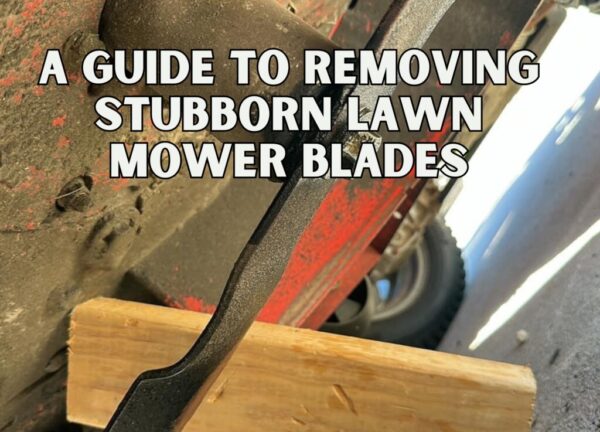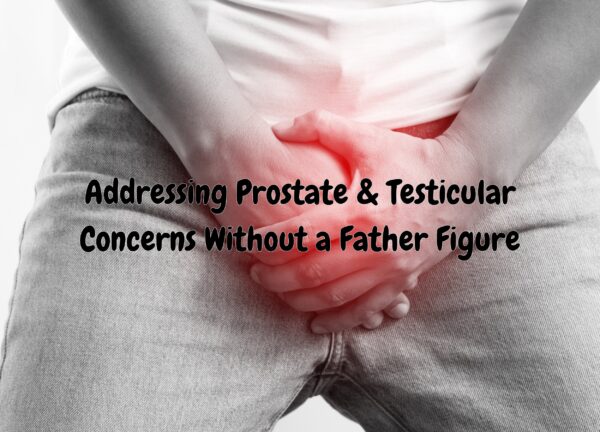
Why Does Shaving Suck So Much for Some Men?
Let’s be honest—shaving shouldn’t feel like you’re dragging sandpaper across your face. But for a lot of guys (especially those of us who had to figure it out solo), it straight-up sucks. Razor burn, red bumps, itchy skin, random cuts… it’s like a rite of passage that no one actually wants to go through.
If you’ve ever stepped out of the bathroom looking like you lost a fight with your own chin, you’re not alone. I’ve been there. Most guys have. And the truth is, shaving without razor burn isn’t just about buying the most expensive razor on the shelf—it’s about knowing the right technique, using the right products, and respecting your skin like it actually matters. Because it does.
No one taught me how to shave the right way when I was growing up. I just winged it and hoped for the best. But after years of trial and error (and a drawer full of failed products), I finally figured out what works—and that’s exactly what we’re diving into here. If you’re tired of shaving being painful, patchy, and frustrating, this guide’s for you.

What’s the Best Way for a Man to Shave His Face?
Shaving shouldn’t be complicated—but it’s also not as simple as splash, scrape, and hope for the best. If you want to shave without razor burn, there’s a better way. Here’s the step-by-step routine that changed the game for me.
Step 1: Prep Your Face the Right Way
Start with a warm shower or hot towel. This softens the hairs and opens your pores. Dry shaving or going in cold is one of the fastest ways to trigger irritation.
Step 2: Use a Quality Shave Cream or Butter
Forget the cheap foams that dry your skin out. I switched to Dollar Shave Club Shave Butter and never looked back. It’s translucent, smooth, and perfect for sensitive skin. No thick goop, just a clean glide.
Step 3: Choose the Right Razor
If you’ve got sensitive skin like I do, Gillette SkinGuard Razors are a game-changer. Designed for guys who deal with razor bumps and irritation, these blades don’t dig into your skin—they glide over it.
You can also explore electric razors if you’re not going for a super close shave. They’re great for quick mornings and avoiding nicks.
Step 4: Go Slow, With the Grain
Start by shaving with the grain (in the direction your hair naturally grows). You can go against the grain later for a closer shave—but only if your skin can handle it. We’ll get into that more soon.
Step 5: Rinse and Treat Your Skin
After your last stroke, rinse with cool water to close the pores and apply an aftershave balm. Not the alcohol-based stuff that burns like fire—go with something like Bee Bald HEAL Aftershave. It calms redness, heals bumps, and actually makes your skin feel better afterward.
If you want to go deeper into technique and grooming, check out the full stubble and shaving guide I put together—it covers even more options depending on your beard goals.
Shaving doesn’t have to feel like punishment. When you learn to respect the process (and your face), it becomes quick, easy, and clean—like it should’ve been all along.
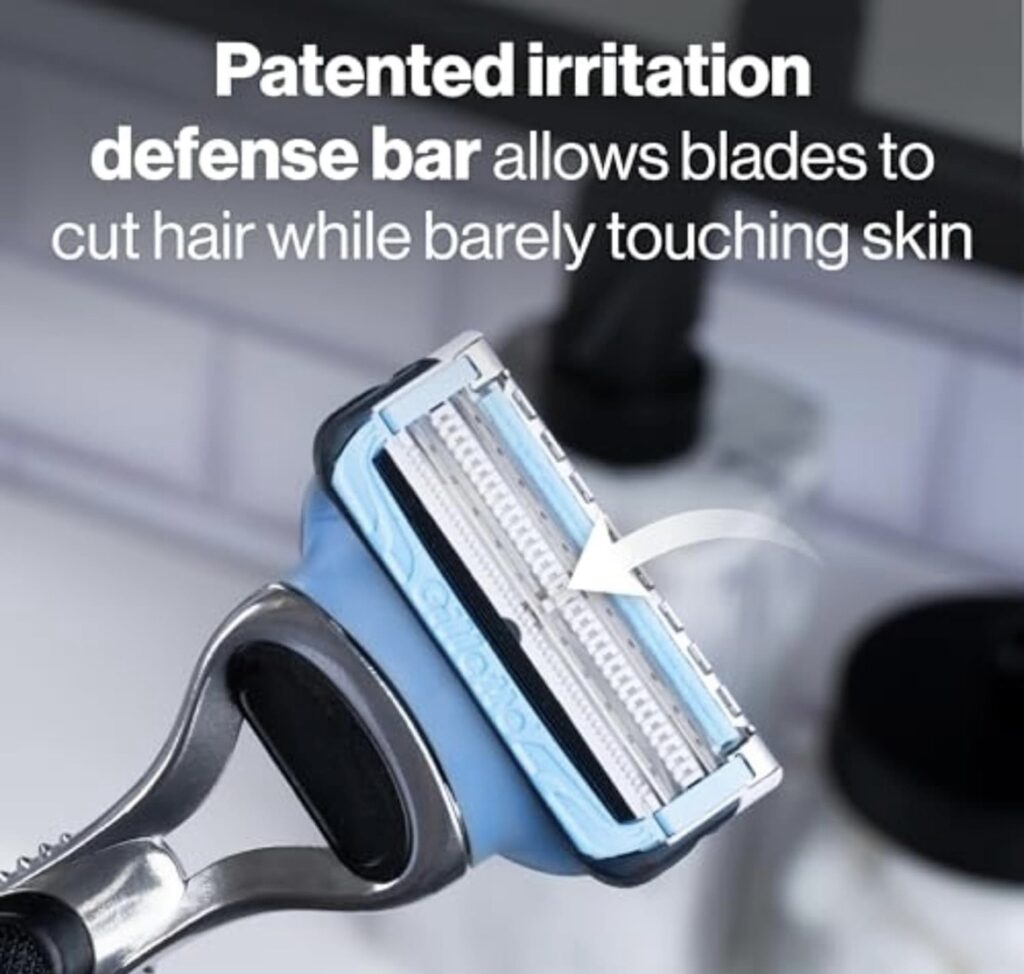
How Do I Stop Getting Razor Burn Every Time I Shave?
Razor burn isn’t just annoying—it’s a total confidence killer. That raw, itchy, red patch that shows up after you shave? Yeah, I’ve been there more times than I care to admit. It used to make me dread shaving altogether. But here’s the good news: you can stop razor burn for good with a few small changes to your routine.
Common Causes of Razor Burn (That No One Talks About)
- Shaving too fast — rushing the process is a guaranteed way to wreck your skin.
- Using a dull blade — dull razors tug instead of cut. Swap them more often than you think.
- No skin prep — dry skin and cold pores are a recipe for disaster.
- Going against the grain right away — this irritates the skin and causes ingrown hairs.
- Skipping aftercare — this one’s huge. Your skin needs TLC after being scraped.
Simple Fixes That Actually Work
- Use a razor designed for sensitive skin. Like the Gillette SkinGuard I mentioned earlier—it’s made specifically to prevent bumps and burn.
- Lube up properly. A quality shaving product like Dollar Shave Club Shave Butter helps the blade glide without pulling or scraping.
- Always rinse with cold water after shaving to close your pores.
- Apply something soothing right after, not just cologne or alcohol-based splash. I highly recommend Bee Bald HEAL again here—it instantly cools and heals any redness or irritation. It’s like aloe on steroids.
Bonus Tip: Let Your Skin Heal
If your skin is already wrecked from previous bad shaves, take a few days off. Let the irritation clear up before trying again with a better approach.
And if you’re rocking facial hair and still getting irritation around the edges, using a beard roller can help stimulate healthier skin and better beard growth—win-win.
Shaving should feel fresh—not like you dragged sandpaper across your jawline. Trust me, once you tweak your routine, razor burn becomes a thing of the past.

Should I Shave With or Against the Grain?
This question trips up a lot of guys, especially if you’re new to shaving or have sensitive skin. You’ve probably heard conflicting advice—some say always go with the grain, others swear by shaving against it for that close-cut look. So which one’s right?
Here’s the deal: both can be right, depending on your skin type and your shaving goals. But if you’re trying to shave without razor burn, it’s best to start safe and smart.
Shaving With the Grain: The Safe Bet
- Lower chance of irritation
- Ideal for sensitive skin and beginners
- Less likely to cause ingrown hairs or redness
- A little less close of a shave, but way gentler on your face
This is what I stuck with for years after destroying my skin going against the grain like some YouTube bro told me to.
Shaving Against the Grain: For the Brave (and Experienced)
- Gives a super close shave
- Risk of razor bumps, especially on the neck
- Not recommended unless your skin can handle it
- Best used as a second pass after shaving with the grain first
If you’ve already got shaving irritation, do not go against the grain. Heal up first with something like Bee Bald HEAL and stick to with-the-grain shaves while your skin resets.
Not sure which direction your hair grows? Take your hand and rub your stubble. Whichever way feels smooth is with the grain—whichever feels rough is against it.
Once your skin is used to the process and your gear is dialed in (like using Gillette SkinGuard razors or Dollar Shave Club Shave Butter), you can experiment with going against the grain—but only on areas that don’t freak out easily.
I found that going against the grain on my cheeks was fine, but my neck? Total war zone. Know your skin and adjust accordingly.

What Should I Put on My Face Before and After Shaving?
This is where most guys mess up—and it’s usually why they deal with razor burn, cuts, or flaky skin. What you put on your face before and after the shave is just as important as how you actually shave. I used to skip both. Huge mistake.
Before the Shave: Set Your Skin Up for Success
- Warm water – Start with a hot shower or use a warm towel on your face to soften the hair.
- Gentle exfoliation – Optional, but a light scrub can help remove dead skin and lift hairs.
- A quality shave product – This is non-negotiable. Foamy cans from the drugstore dry your skin out. I use Dollar Shave Club Shave Butter—it gives me a slick, smooth surface and zero foam mess.
After the Shave: Calm and Heal Your Skin
- Cold water rinse – This closes your pores and reduces redness.
- Pat dry – Never rub your face with a towel. Pat it gently like it owes you money.
- Use a healing balm – I swear by Bee Bald HEAL. It cools everything down and stops irritation before it starts.
- Moisturize if needed – If your skin feels dry, use a light, fragrance-free moisturizer.
And if you’re dealing with more than just post-shave dryness—like flaky skin or beard dandruff—conditioner actually helps. I wrote more about that here: Why conditioner isn’t just for hair.
Taking care of your skin before and after shaving isn’t fancy. It’s smart. And once you make it a habit, it becomes second nature—and your face will thank you.

What’s the Best Razor to Use to Prevent Irritation?
Let me save you a drawer full of regret—not all razors are created equal, especially if you’ve got sensitive skin or a face that flares up with every pass. I’ve tried everything from bargain-bin disposables to overpriced chrome monsters, and what I’ve learned is this: the best razor for you is the one that respects your skin, not just the one that promises a “close shave” on the box.
Top Razor Types (and Who They’re Best For)
1. Multi-blade cartridge razors
These are your standard go-to razors. They’re convenient, easy to use, and everywhere. But not all are skin-friendly.
- Best for: Normal skin, daily shavers
- Watch out for: Too many blades can tug sensitive skin and cause irritation
- Top pick: Gillette SkinGuard Razors — Designed specifically to reduce pressure and minimize bumps. Absolute lifesaver if your face hates shaving.
2. Safety razors
These are the single-blade, old-school razors your grandpa may have used. They take some getting used to but offer an insanely close shave.
- Best for: Men with thick beards or shaving experience
- Watch out for: Steeper learning curve, easier to nick yourself if you rush
- Pro tip: Use light pressure and let the razor do the work
3. Electric razors
You won’t get that baby-smooth feel, but they’re quick, safe, and good for guys who shave every day and want to avoid redness.
- Best for: Quick shaves, guys prone to razor burn
- Watch out for: Can miss hairs or leave stubble if not high quality
What Really Matters When Picking a Razor
- Blade sharpness — Dull blades = disaster. Replace more often than you think.
- Handle grip — You don’t want to drop it mid-shave. Get one that fits comfortably in your hand.
- Skin type match — If you get redness often, go with a razor made for sensitive skin. Again, Gillette SkinGuard is worth every penny.
Pair your razor with something like Dollar Shave Club Shave Butter and you’ll instantly upgrade your whole routine. No pulling. No dragging. Just a smooth glide.
The razor is your main tool. If it’s wrong, everything else falls apart. Choose smart, not flashy.

Can Beard Grooming Tools Help Reduce Irritation?
You wouldn’t mow your yard with a rusty blade, so why treat your face any different? Whether you’re clean-shaven or rocking a beard, having the right beard grooming tools makes a huge difference—especially when it comes to preventing irritation and helping your skin recover.
Tools That Actually Help
1. Beard roller
If you’re trying to grow a fuller beard or fill in patchy spots, a beard roller can stimulate growth and increase circulation. What most guys don’t realize is that better circulation = better healing = less razor burn and fewer ingrown hairs.
2. Beard oil or balm
Even if you shave regularly, these can be game changers for the skin underneath. Oils hydrate and soothe post-shave skin, reducing that tight, itchy feeling.
3. Trimmer with guard settings
If you’re not into daily shaving, keeping your stubble neat with a good-quality trimmer reduces the need for razors altogether—and less contact means less irritation.
Why This Matters
Good grooming tools aren’t just for guys trying to win beard competitions. They’re for everyday men who want healthier skin and fewer problems when they shave.
If you’re investing in your face, a beard roller + quality razor + skin-soothing balm like Bee Bald HEAL is a rock-solid combo. Less irritation, better results—and honestly, you’ll feel more put together every time you look in the mirror.
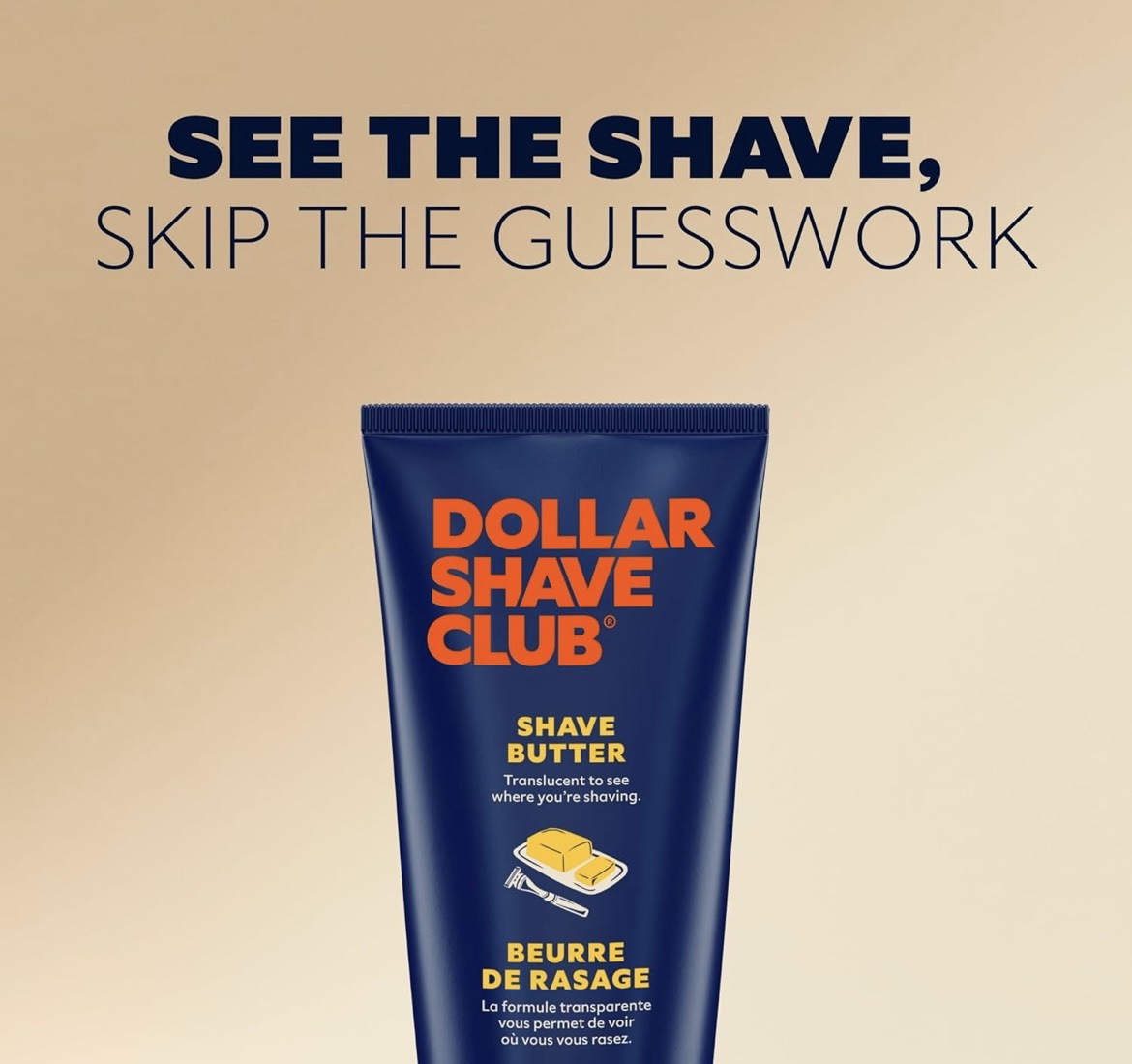
What to Avoid: The Common Shaving Mistakes Most Men Make
If you’re dealing with razor burn, ingrown hairs, or patches that look like a toddler shaved you in the dark—odds are, you’re making one of the classic mistakes most guys fall into. Don’t beat yourself up. No one teaches us this stuff unless we have a dad or an older brother who handed us a razor and stuck around to explain it. I had to figure it out the hard way—so let me save you the pain (and the blood).
Mistake #1: Rushing the Process
Shaving is not a race. When you rush, you press too hard, miss spots, and end up slicing your skin or irritating it beyond reason. Give yourself an extra 5–10 minutes and do it right.
Mistake #2: Using a Dull Blade
This one is huge. A dull blade tugs at your hairs instead of slicing them clean, which leads to redness, bumps, and razor burn. Swap your blade often. If it feels like it’s dragging, it’s time to toss it.
Mistake #3: Skipping Pre-Shave Prep
Jumping straight into a dry shave or barely wetting your face is a guaranteed way to wreck your skin. Use warm water, open your pores, and lather up with something smooth like Dollar Shave Club Shave Butter—you’ll feel the difference instantly.
Mistake #4: Going Against the Grain Too Early
We talked about this earlier, but it’s worth repeating: shaving against the grain without a proper first pass is asking for trouble. Start with the grain, always.
Mistake #5: Using the Wrong Products
Alcohol-based aftershaves might look cool in the movies, but they’re terrible for your skin. Use something that heals and calms, like Bee Bald HEAL instead. Your face should feel refreshed—not like it’s on fire.
Mistake #6: Not Cleaning Your Razor
Old hairs, skin gunk, and bacteria sitting on your blade? Yeah, that’s how breakouts and infections start. Rinse between strokes, clean the razor after each shave, and store it somewhere dry.
Want more grooming tips beyond the razor? Take a look at these underrated habits most guys miss: Mastering your stubble and dry skin hacks—they’ll seriously level up your routine.
Cutting out just a few of these common mistakes can completely change how your face feels post-shave. Less burn, less frustration, more smooth wins.
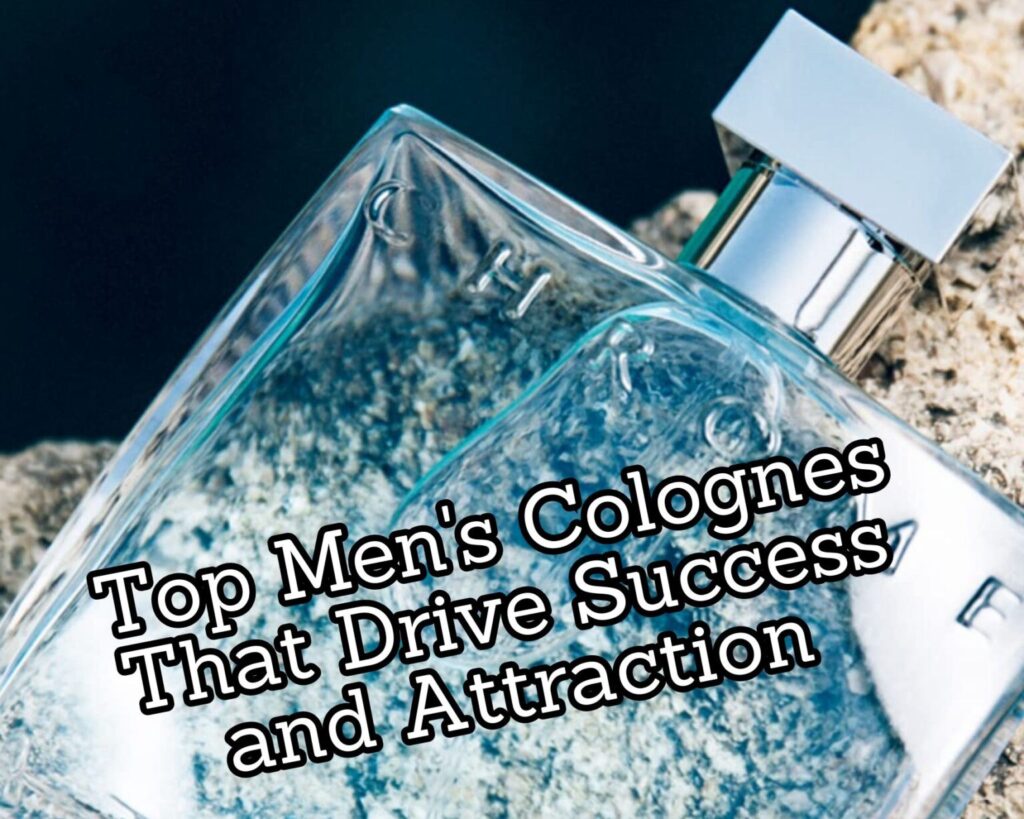
Why Good Grooming Builds Confidence (And Why That Matters)
It’s not just about the shave—it’s about what it does for your mindset. When your skin feels clean, fresh, and irritation-free, you carry yourself differently. You speak up more. You stand a little taller. You stop hiding your face behind a hoodie or a hat.
I used to hate looking in the mirror after shaving. The red splotches, the razor rash, the bumps—it all made me feel like I couldn’t even do something as “simple” as shaving right. But learning how to shave without razor burn gave me more than just better skin. It gave me a sense of control.
Grooming might seem small, but for a lot of us men—especially those who grew up without guidance—it’s a stepping stone toward confidence. It’s a daily ritual that says, I care about myself. I’ve got this.
And it doesn’t stop at shaving. Once you start dialing in the basics, you might find yourself working on other areas too—like building confidence in social situations, like I shared in this guide to crafting self-confidence or even just picking the right scent from a solid cologne lineup that fits your vibe.
At the end of the day, the goal isn’t perfection. It’s progress. And when you can master something as personal and simple as shaving—you start proving to yourself that you can show up and handle what life throws your way. One clean shave at a time.

As an Amazon Associate we earn from qualifying purchases through some links in our articles.


